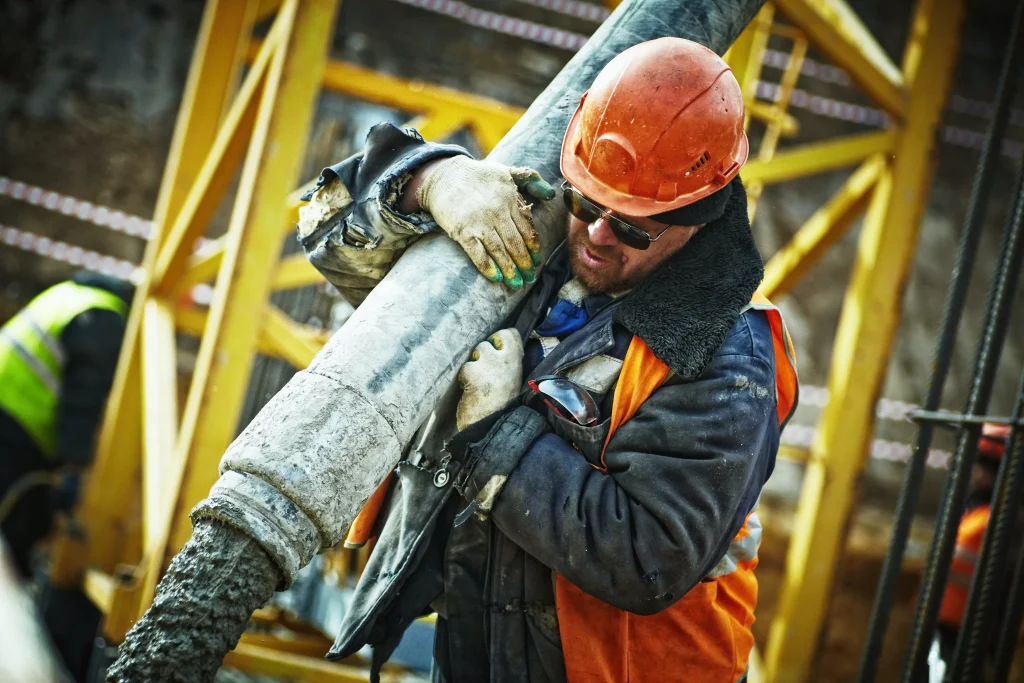Introduction:
The evolution of the Construction Industry is a vital industry, employing millions and driving economic growth globally.
It is a complex industry that involves designing, planning, constructing, and maintaining buildings, infrastructure, and other physical structures.
This essay explores construction industry aspects: history, economic role, project types, stakeholders, challenges, and prospects.
History of the Construction Industry:
The construction industry has a long and fascinating history that dates back to ancient times. Ancient Egyptians built pyramids, temples, and impressive structures with advanced engineering techniques and tools.
Similarly, the ancient Greeks and Romans were also skilled in constructing buildings and infrastructure, such as roads, aqueducts, and bridges. These structures were functional and aesthetically pleasing, reflecting the cultural and artistic values of the time.
In the Middle Ages, construction thrived with cathedrals, castles, and buildings reflecting contemporary architectural styles. However, construction techniques were still relatively primitive, and many buildings were constructed using manual labor and essential tools.
The Industrial Revolution transformed construction in the 18th-19th centuries, introducing new materials, technologies, and techniques. Iron and steel revolutionized construction, enhancing the strength, durability, and versatility of bridges, buildings, and structures.
Similarly, the development of concrete reinforced with steel allowed the construction of large, complex structures such as dams, skyscrapers, and bridges. The invention of the elevator, the escalator, and other mechanical systems also made buildings more accessible and functional, further transforming the construction industry.
Role of the Construction Industry in the Economy:
The construction industry plays a crucial economic role, contributing significantly to employment, economic growth, and infrastructure development. According to the World Economic Forum, the construction industry accounts for around 7% of the world’s GDP and employs over 100 million people globally.
In addition, the construction industry is closely linked to other sectors, such as manufacturing, finance, and real estate, and has a multiplier effect on economic activity. For example, a new construction project can create jobs for architects, engineers, contractors, suppliers, and other professionals, who then spend their income on goods and services, generating further economic activity.
Infrastructure
The construction industry also plays a vital role in developing infrastructure, such as roads, bridges, airports, and other facilities, which are essential for economic growth and social development. Infrastructure projects create jobs and improve connectivity, making it easier for people and goods to move around and facilitating trade and investment.
The construction industry includes many projects, from small-scale residential buildings to large-scale infrastructure projects. The types of construction projects can be classified based on their scope and purpose. Here are the most common types of construction projects:
Residential Construction: Residential construction involves the construction of homes, apartments, townhouses, and other housing types. Residential construction can range from single-family homes to high-rise apartment buildings.
Commercial Construction:
Construction involves constructing buildings for commercial purposes, such as offices, retail stores, restaurants, hotels, and hospitals. Commercial construction can range from small, standalone buildings to large-scale commercial complexes.
Industrial Construction: Industrial construction involves constructing buildings used for manufacturing, storage, and distribution purposes. This includes factories, warehouses, and distribution centers. Industrial construction can range from small, single-purpose buildings to large-scale industrial parks.
Infrastructure Construction:
Infrastructure construction involves the construction of large-scale projects that support and improve public transportation, water supply, and energy production. This includes highways, bridges, tunnels, airports, dams, water treatment plants, and power plants.
Institutional Construction:
This type of construction entails constructing buildings for public purposes, including schools, universities, government buildings, and libraries. Institutional structures can range from small, single-purpose buildings to large-scale public complexes.

Contact our Team of Experienced Houston Construction Accident Lawyers
When you select the right Houston construction accident lawyer to represent you, you may find it surprising that your claim holds a value far beyond your initial expectations. Our Houston work injury lawyers strive to maximize our clients’ recoveries in every case. We accclients’know how distressed and uncertain you may feel after sustaining an injury while working in construction. We want to provide clarity and understanding as we help you navigate your case proceedings. If you are ready to discuss your options for legal recourse with a compassionate team of Houston construction accident lawyers, contact Houston Injury Lawyers, PLLC, today and schedule your free case review.

